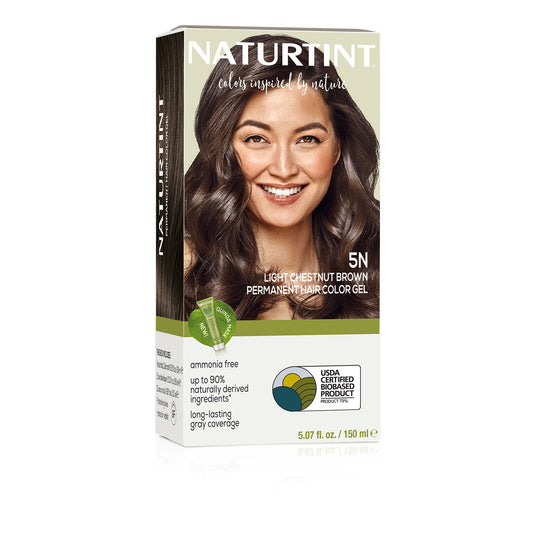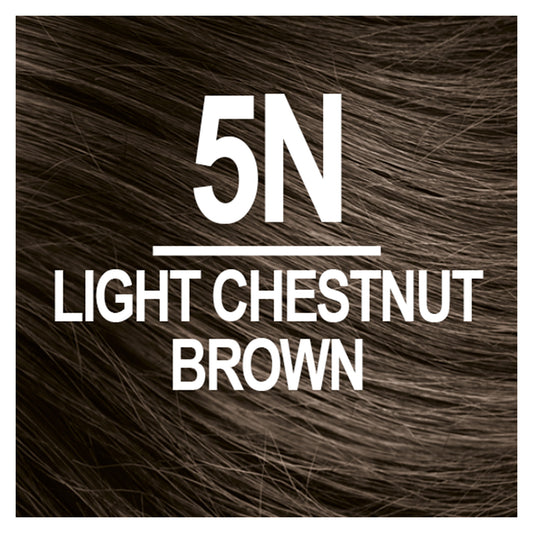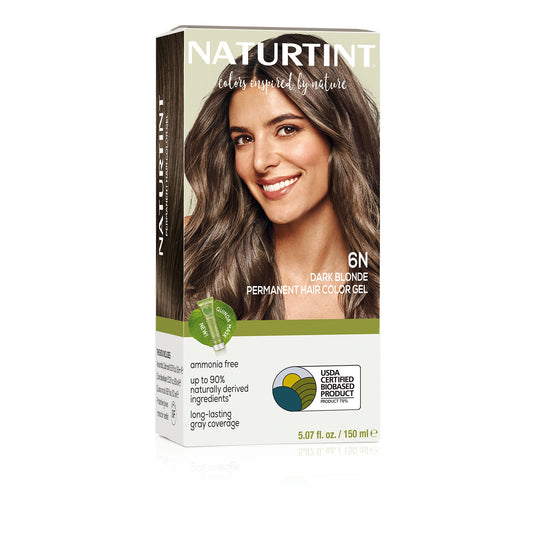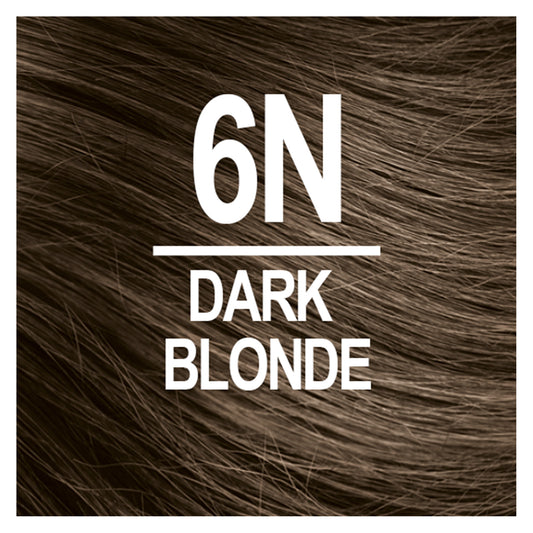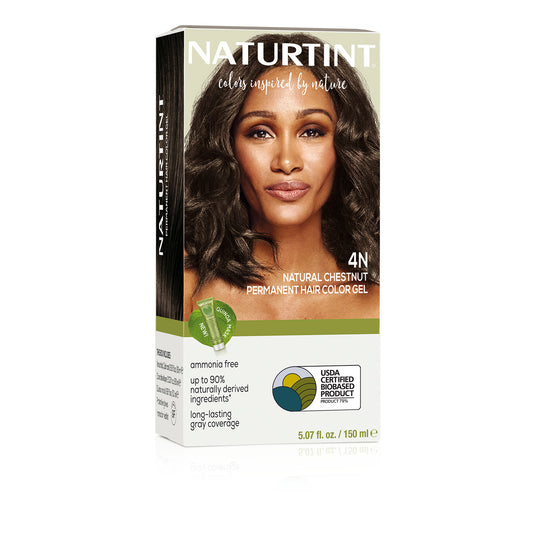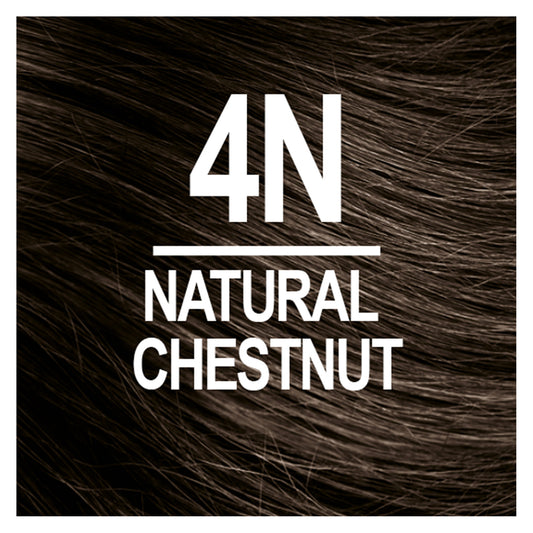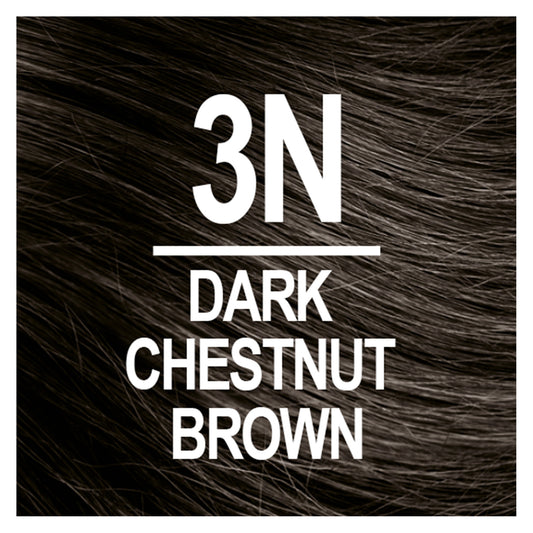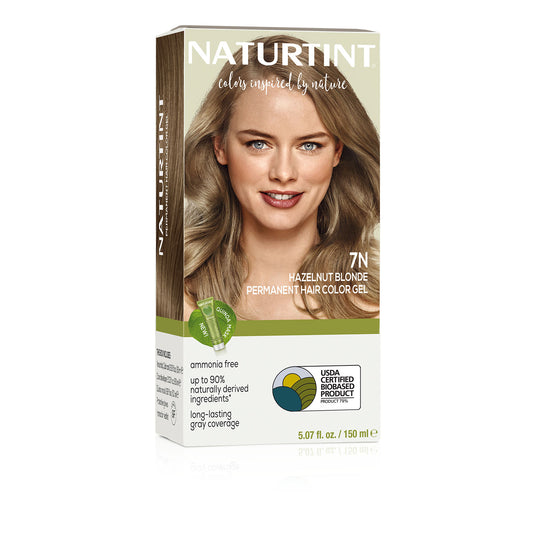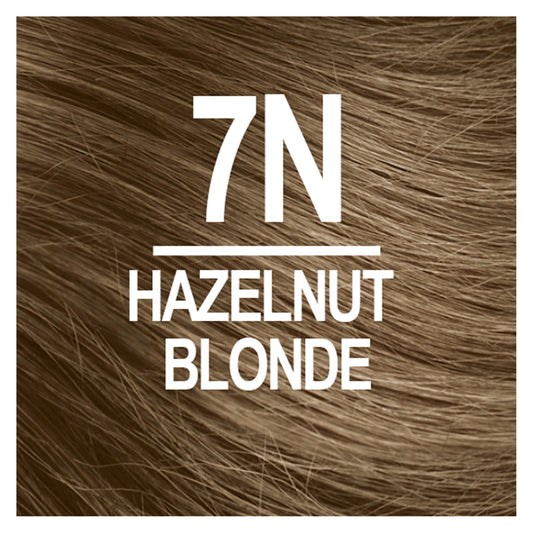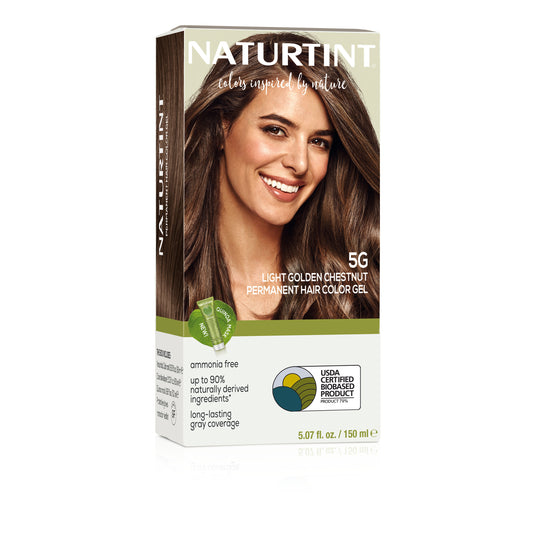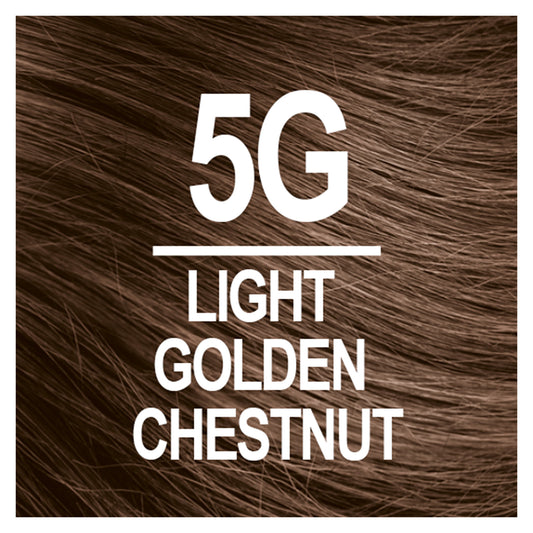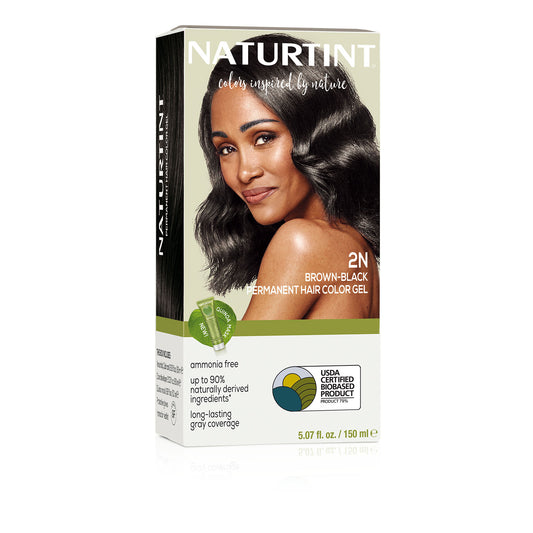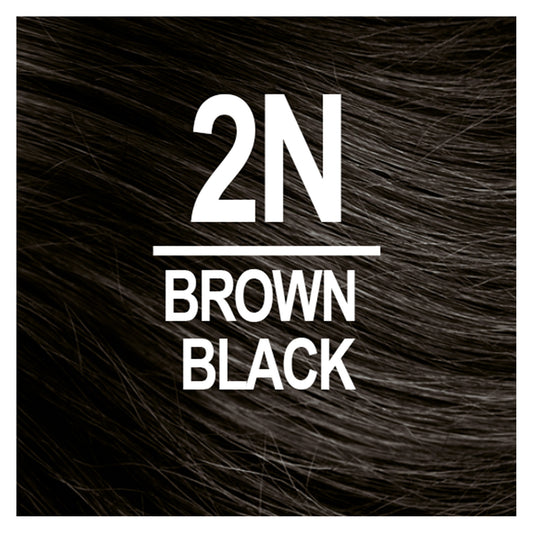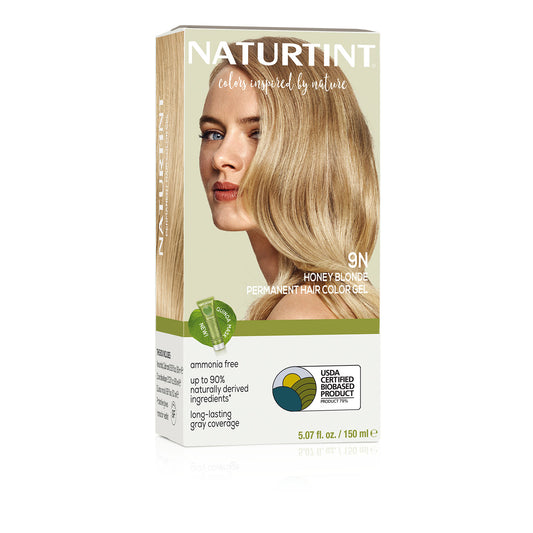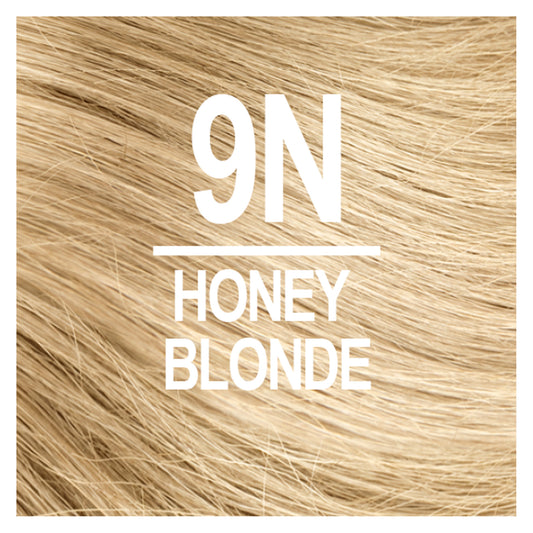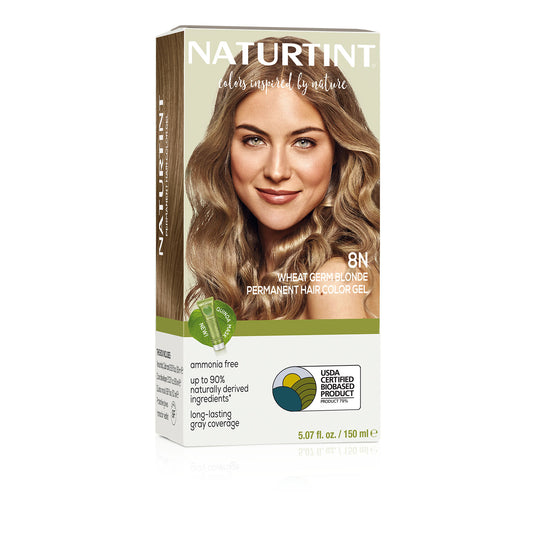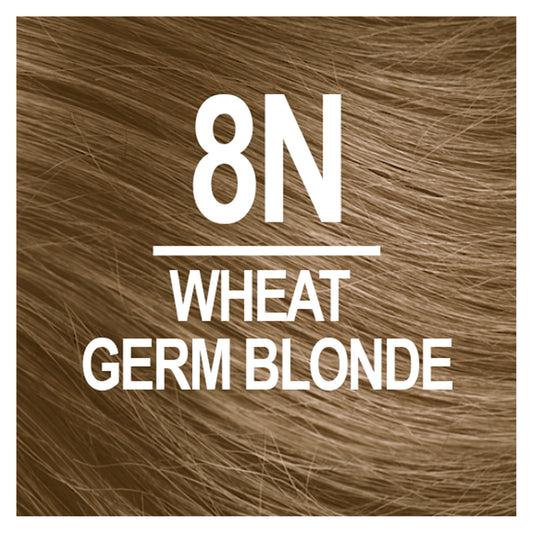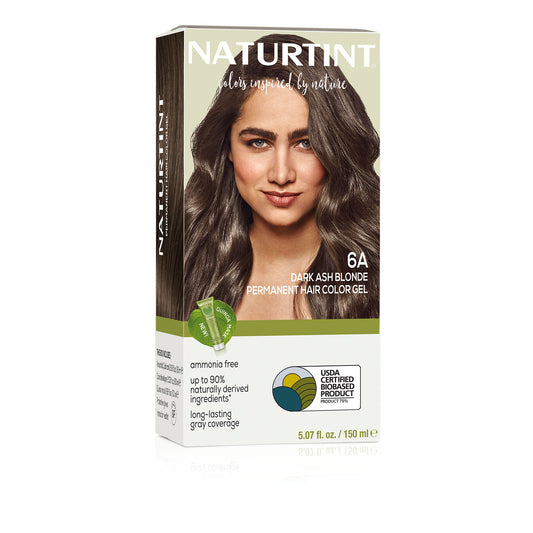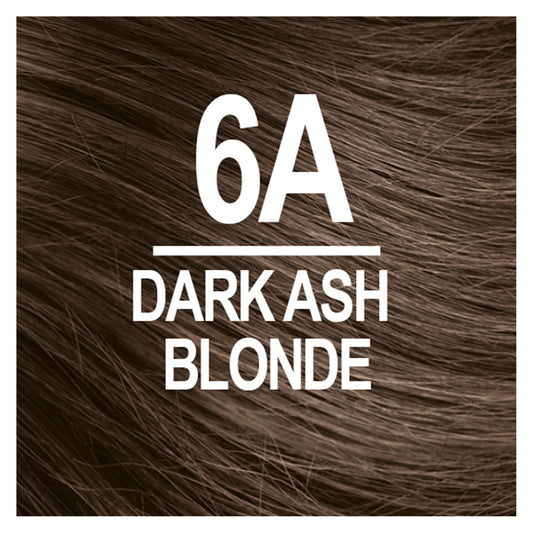It’s no secret that there are a lot of hair rumors out there, especially when it comes to going gray. But, how do you know what’s true? And should you trust the advice that your mom heard from a friend who read it on the internet somewhere?
Keep reading as we debunk some of the most common gray hair myths and separate fact from fiction.
Related: Summer Hair Colors and Styles Guide From a Hairstylist

Time to debunk those common gray hair myths
Does the sun cause your hair to gray faster? And can you color gray hair at home? These are just a few of the myths we’re covering in this section.
myth #1: pluck a gray hair and one or two or five will come back
Truth: Luckily, there’s no truth to this at all. It’s just an old wives’ tale. Gray hair isn’t contagious, and it’s important to note that humans typically have between 90,000 and 150,000 hairs. However, overplucking can damage your hair follicle to the extent that it won’t grow back. Simply put, if you pluck your gray hairs, you may go bald but not gray.
myth #2: stress will turn your hair gray overnight
Truth: Stress can’t turn your hair gray overnight, but it certainly doesn’t help. A condition called alopecia will cause a large number of pigmented hairs to fall out in a short amount of time. Here’s what you need to know: basically, your hair can only change color gradually as it grows, and gray hair is determined by genetics.
So, in this case you really can blame (or praise) your mom and dad for how quickly you go gray.
myth #3: too much sun makes you go gray
Truth: According to Web MD, sun exposure is the leading cause of skin aging and wrinkles, but it’s not responsible for graying. That being said, sun exposure can cause your hair color to fade over time. So, continue wearing those floppy hats and limit time outside to avoid wrinkles, but realize that what’s causing you to go gray is an internal factor (versus external).
myth #4: you can’t color gray hair at home
Truth: You can absolutely color your gray hair at home and get great results! In fact, all Naturtint permanent hair colors are designed to cover gray hairs. Natural (N) shades provide a neutral tone with no added warm or cool pigment and are best for covering a high percentage or resistant gray or whites. And, they work well as a base for combining with other colors like reds and golds that may look too bright or unnatural for high percentage gray hair.
myth #5: the more you color your hair, the faster it goes gray
Truth: Once again, going gray is caused by internal factors. But it may look like you’re going gray faster because once you begin covering your grays there will be a larger contrast between the original color and your gray hair. So, when your gray roots show, they’ll be more noticeable.
myth #6: your diet and lifestyle have no impact on when you’ll go gray
Truth: A nutritious diet won’t reverse grays, but it will help keep them at bay. Deficiencies in vitamin B, folic acid, and biotin are all associated with early graying. And, other studies have shown that deficiencies in iron, calcium, and vitamin D3 may contribute to graying as well.
myth #7: your hair will turn gray after you hit a certain age
Truth: This is just another gray hair myth. There isn’t a magical age that gray hairs will begin to appear – you may start to see them at 25 or 65. Stubborn grays can happen at any age because they’re caused by loss of melanin, not the number of years you’ve been on this earth.
myth #8: if less than 50% of your head has gray hairs, you should completely cover them
Truth: You don’t have to completely cover them! Instead, consider using them as highlights. Letting the color process for no more than 35 minutes and using less of the Neutral tone when combining colors will help with this affect.
If you’re doing a root touch up on previously colored hair, you should take into consideration the percentage of grays you have. If the percentage is 50% or more, you may want to drop your color choice down one level darker. For example, if you’re a brunette and typically use Naturtint’s 4N Natural Chestnut, try 3N Dark Chestnut Brown instead! This will help to compensate for the lack of pigment in the hair and will also show up lighter than the color you intended to choose.
myth #9: all you have to do is slap a little color on your grays to fix them
Truth: Most people don’t take into consideration the lack of pigment in their gray hair strands. When adding color to gray hair, you want to be sure to have a Neutral tone in the formula with a percentage based on how much gray you have.
Neutrals are composed of a little bit of each pigment which is what creates the “neutral” affect. If the hair is not filled with a Neutral, you will see the grays pick up the underlying pigment in the color chosen that is not a Neutral. For example, 7M will pick up a bright pinky purple.
Here’s a quick guide to mixing colors for gray hair:
- Less than 50% gray- ¼ of the formula needs to be a Neutral
- 50 to 75% gray- ½ of the formula needs to be Neutral
- 75 to 100 % gray- ¾ of the formula needs to be Neutral
Wrapping it up
Now that we’ve debunked the most common gray hair myths and you’re up to speed on what really causes gray hair, it’s up to you to decide whether to embrace your grays or cover them up with a beautiful shade of hair color.
Looking for the best options to cover your grays? Our Naturtint hair color specialists are always happy to help!



